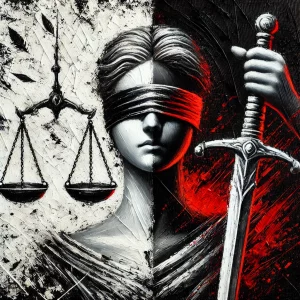Snapshots

Murthy v. Missouri: Case Summary and Implications
Background and Issues The case of Murthy v. Missouri (formerly Missouri v. Biden) revolves around allegations that federal officials, including U.S. Surgeon General Vivek Murthy, pressured social media platforms to censor content. The plaintiffs, including the states of Missouri and Louisiana, as well as individual social media users, claimed this amounted to government-coerced censorship, infringing on their First Amendment rights. They argued that this conduct effectively transformed private social media companies into state actors engaging in censorship. Key Questions The Supreme Court addressed three critical questions: Outcome On June 26, 2024, the Supreme Court ruled in a 6-3 decision that the plaintiffs lacked Article III standing, thus reversing and remanding the lower court’s decision. The majority opinion held that the plaintiffs failed to demonstrate a direct, concrete injury caused by the government’s actions that would warrant judicial intervention. Long-term Impact The ruling has significant implications for the interplay between government and social media companies, particularly regarding content moderation. By denying standing, the Court has set a precedent that may limit future legal challenges against government communications with social media platforms, potentially allowing more latitude for government involvement in combating misinformation. However, this also raises concerns about the balance between curbing misinformation and protecting free speech. Connections to Political Entities The plaintiffs included several individuals known for their opposition to COVID-19 lockdowns and mandates, some of whom have connections to conservative circles and platforms like the Gateway Pundit. There are indirect links to America First Legal, a conservative legal organization known for challenging actions by the Biden administration. The broader context of the case, involving allegations of censorship of conservative viewpoints, aligns with concerns often voiced by Republican entities, including those affiliated with former President Donald Trump. Conclusion Murthy v. Missouri highlights the ongoing tension between government efforts to manage misinformation and the protection of free speech. The Supreme Court’s decision not only impacts the specific case but also sets a precedent for future interactions between the government and private social media companies in content moderation policies.

Potential New Rules about AI Generated Impersonations
The FTC proposes new regulations against AI impersonation, addressing voice cloning, deepfakes, and fraud, seeking public feedback for consumer protection. The Federal Trade Commission (FTC) is advancing new regulatory measures to address the issue of individuals being mimicked by AI, including voice cloning and the creation of deepfakes. Lina M Khan, the FTC Chair, has emphasized growing concern over the capabilities of AI to replicate personal identities, underscoring the need for measures to prevent impersonation-related fraud. These forthcoming regulations build upon the FTC’s ongoing efforts to establish rules against impersonation in the realms of government and business. In pursuit of public input, the FTC has released a supplemental notice of proposed rule-making with the intent to outlaw the act of impersonating individuals. The move is a response to the rising number of impersonation fraud complaints and broader societal worry regarding the potential damage to consumers and those whose identities are falsely replicated. The Commission is deliberating on the possibility of making it illegal for companies, including those operating AI platforms capable of generating synthetic images, videos, or text, to offer products or services that could be used to facilitate consumer harm through impersonation. This additional notice of proposed rule-making comes on the heels of feedback obtained during the public commentary phase for the government and business impersonation regulations, which brought to light the specific risks associated with impersonating private individuals. Through the implementation of these rules, the FTC seeks to prevent fraudulent activities, provide relief to affected consumers, and enhance its capacity to combat the deceptive practices of AI-driven impersonation scams.
